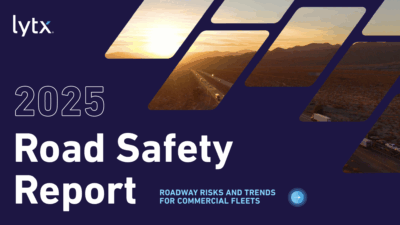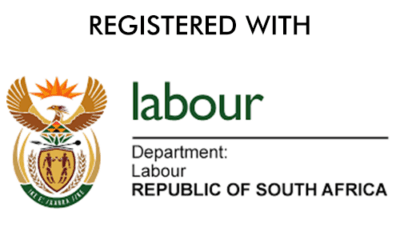The Global Regulations Radar, 2nd Edition: Bi-annual update on ESG and EHS regulations. The scope of Environmental, Social & Governance (ESG) and Environmental, Health, and Safety (EHS) regulations continues to experience rapid growth across regions and sectors. The introduction of new policies by national bodies and global institutions seeks to enhance transparency and ensure companies worldwide are held accountable.
The Global Regulations Radar, published by the ERM Sustainability Institute twice a year, provides an overview of ESG and EHS regulations that have the greatest impact on global companies. It shares information on the scope, timeline, and compliance requirements of such regulations, including revisions adopted over time. This guide covers policies across four global regions, including:
Asia-Pacific: Across Asia-Pacific, governments are implementing new policies to tackle climate change and enhance transparency. Malaysia’s Climate Change Bill aims to create a comprehensive framework for managing climate impacts, while Japan’s GX-ETS introduces an emissions trading system to facilitate decarbonization. In New Zealand, Part 7A of the Financial Markets Conduct Act mandates the reporting of climate risks and impacts, establishing a benchmark for climate accountability.
Europe: The European Union (EU) continues to advance its environmental agenda with the Green Claims Directive, ensuring transparency in sustainability claims, and the Regulation on Deforestation-free Products, eliminating deforestation from supply chains within the EU. Meanwhile, the Nature Restoration Law focuses on revitalizing degraded ecosystems across the region, reinforcing the EU’s commitment to biodiversity and sustainable practices.
North America: The U.S. is introducing significant regulations, including the Uyghur Forced Labor Prevention Act to restrict imports tied to forced labor and the Occupational Safety and Health Administration’s (OSHA) Heat Injury and Illness Prevention rule to protect workers from heat-related risks. Meanwhile, the U.S. Environmental Protection Agency (EPA) has updated the National Ambient Air Quality Standards (NAAQS) for PM5 to tighten air pollution controls and implemented new Clean Water Act requirements for hazardous substance facility response plans, emphasizing human rights, worker safety, and environmental protections.
Latin America: Latin America is advancing sustainability efforts, with Mexico introducing the Sustainability Information Standards, mandating corporate disclosure of sustainability information to boost transparency and accountability. This regulation reflects the region’s commitment to aligning business practices with global ESG trends while tackling local sustainability challenges.
While the regulations matrix does not include a comprehensive list of all regulations enforced in these geographies, it highlights some of the most important rules that are likely to have the greatest impact on companies with global operations. In addition, this report also provides a brief overview of global regulatory trends, regional developments, and recommendations for companies on how to move toward regulatory compliance.
We conclude this edition of the Radar with important updates on three regulations. These updates occurred after their initial inclusion in our first Radar edition, published in July 2024.
Companies can use the information in the Global Regulations Radar to determine which regulations they will be subject to and when they will be required to comply, determine necessary actions, required resources, and the timeline to meet regulatory requirements, and ultimately leverage compliance to create business value.
For more information on the regulations covered in this publication, please contact Ramesh Narasimhan at ramesh.narasimhan@erm.com or the associated ERM contact in the appendix.

















